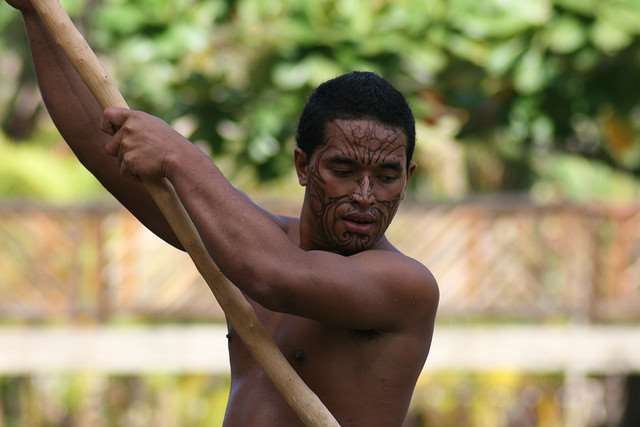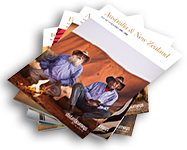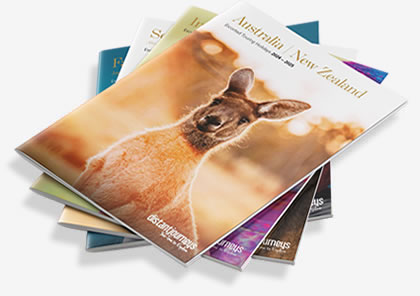Over 1000 years ago the Polynesian people journeyed in canoes to reach the shores of Aotearoa. This was the Maori name given for New Zealand meaning “land of the long white cloud”.
Today the Maori customs and traditions are deeply embedded with New Zealanders and have certainly impacted on the New Zealand way of life. The Maori tribal identity is celebrated as a unifying force rather than a divisive one where intertribal warefare was once common. Today you can find many historic battle and seige sites around the country along with other signs of Maori life.
Visiting New Zealand and experiencing the sights and sounds of Maori culture is a unique experience not to be missed. It is well worth booking your New Zealand Tours in advance to help plan your visit to this fascinating country. There are many Maori tours and attractions to choose from where you can discover and learn all about the Maori Culture and participate in some of the traditional activities.
An excellent place to experience modern Maori culture is at the Whakarewarewa Thermal Village in Rotorua, here an active Maori community live. You will be guided through the Whare Tupuna (ancestral meeting house) which lies at the heart of village life with its fully carved detailing. You will experience the Maori formal welcome – the Powhiri along with traditional song and dance performances.
The village is located in a unique geothermal landscape with the homes of the Maori people situated amongst the geysers, hot pools and thermal springs of the Whakarewarewa Valley. The villagers have cleverly utilised this geothermal environment and one example of this is when food is cooked in the ground, using the earth as the oven. This is a Maori tradition called a Hangi and is a real treat for any visitor to experience.
Rotorua itself is rich in Maori culture with a quarter of its population made up of Maori decent. You will find genuine hospitality to visitors along with guides who will share their culture and history. Again, you can experience a Hangi and even talk with weavers, carvers, and see traditional song and dance at many of the Maori tours and attractions based here. Some of the highlights include the Mitai Maori Village, Kia Ora Guided Walks and the Tamaki Maori Village. For further information on Rotorua and many of the local attractions, click here.
Waitangi Treaty Grounds is one of New Zealand’s most important historic sites. It was here, that in 1840 New Zealand’s founding document was signed: The Treaty of Waitangi. Whilst here, you can walk around the grounds and see the Treaty House, the carved Meeting House and the worlds largest ceremonial war canoe. During the summer months Hangi and concert evenings are held here too.
Song and music has always played a key role in Maori life. The songs are sang in traditional Maori which is an Eastern Polynesian language, it was made one of New Zealand’s official languages in 1987. You can see performances at various locations throughout the country. Some of the better well known cultural shows are at Te Puia and at the Auckland War Memorial Museum.
Of course, no trip would be complete without experiencing the Haka. The Haka is a type of ancient Maori war dance which was traditionally used on the battlefield as well as when groups came together in peace. The Haka is a display of tribes pride, strength and unity. Commonly displayed today by the New Zealand Rugby team – the All Blacks, the Haka is a challenge to their opponents on the field.
North Island has many locations where you have the opportunity to see the Haka being performed whereas the South Island only has one specific location which is at Ko Tane – The Maori Experience.
These Maori experiences featured in this post are available on all Distant Journeys Tours to New Zealand.
Photo courtesy of Quinn Dombrowski, under Creative Commons













